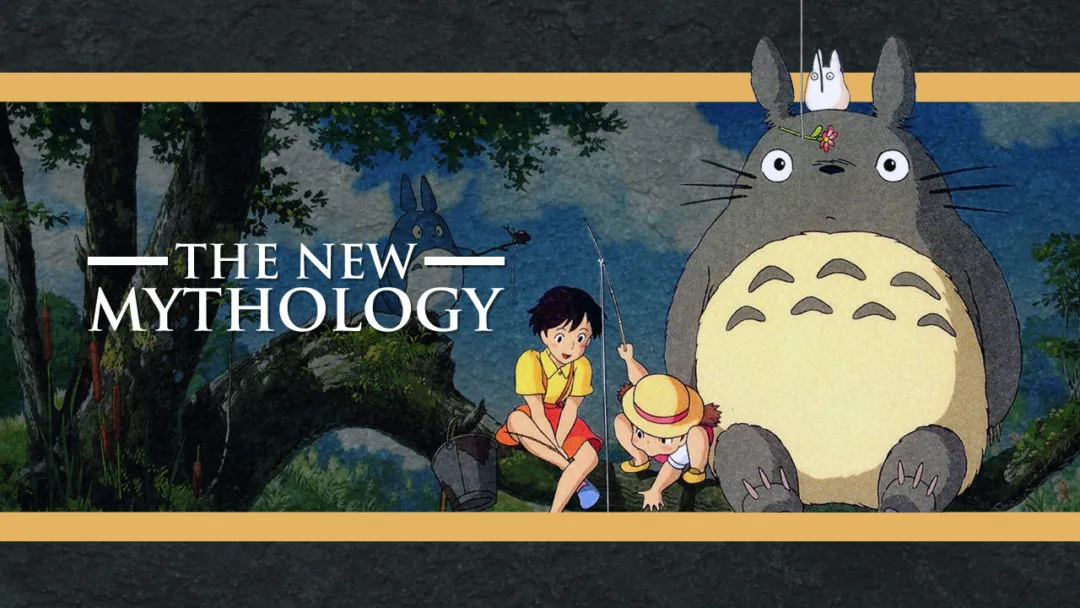I think I’ve been lucky because I’ve been able to participate in the last era when we can make films with paper, pencils, and film. – Hayao Miyazaki, through an interpreter, accepting a lifetime achievement Oscar in 2014
“The Disney of Japan” is how a lot of people explain Studio Ghibli movies to their skeptical friends. It’s only somewhat true and a bit reductive. Yes, Ghibli remains the family-friendly animation standard to beat in Japan. Yes, it’s an animation house that takes proven stories and produces adaptations so distinctive that they seem to one-up the original work. But the studio’s three decades of features set it apart from any other animation house. Ghibli’s full catalog of 20 movies, plus the pre-Ghibli but made by the studio’s founders Nausicaa of the Valley of the Wind, will be streaming to households for the first time through a deal with HBO Max, and the themes they focus on are more urgent than ever before.
During his 2014 Oscar acceptance speech, Miyazaki also pointedly mentioned that he was lucky to have been making movies during a 50-year period when his country was not at war. But Miyazaki, who was born in 1941, and Ghibli’s other most prolific director, the late Isao Takahata (born in 1935), spent their whole careers processing the terror of the war they witnessed as children.
Eboshi: What exactly are you here for?
Ashitaka: To see with eyes unclouded by hate.
– Princess Mononoke

The fierce sentiment in their work wasn’t diluted for Western audiences. Princess Mononoke hit North American theaters in 1997, and the studio’s first true wide release in that market was unlike anything most young anime fans had seen before. It was a deceptive introduction to the Ghibli catalog since it remains Ghibli’s most violent and graphic movie to date, filled with war, gore, and body horror. In another sense, it is one of the strongest statements of that anti-war theme since Nausicaa. The brutality and barbarism in the movie is portrayed as tragic and terrible, and the good guys must save the day through self-sacrifice and compassion.
That ironclad opposition to war found in Princess Mononoke, Howl’s Moving Castle, and Nausicaa also includes a special disdain towards fascism. Porco Rosso confronts it firsthand through the movie’s eponymous hero, an Italian pilot who was cursed to look like a pig after deserting his post during World War I. When he’s not shooting down air pirates and spouting Casablanca-style one-liners, he’s outrunning Mussolini’s goons.
“We need to liberate our children from nationalism,” Miyazaki said in 2008, while promoting Ponyo. “The nationalistic view suggests the problems in the world come from its multi-ethnicity. [It] creates a possibility for the country we love to turn into something negative for the world as a whole. This is a lesson we learned from the past war and which we cannot forget.”
It’s as urgent a message now as the strain of earnest environmentalism running through the studio’s stories. Princess Mononoke is the most well-known expression of it in the United States, but Takahata also made it the theme of 1994’s Pom Poko. The story of magical raccoon dogs who fight with shapeshifting testicles is one of the weirdest, cutest, and most tragic tales ever put to film.

Without even thinking about it, I used to be able to fly. Now I’m trying to look inside myself and find out how I did it. – Kiki’s Delivery Service
Along with railing against war, the studio advocates for a world where young people can turn their dreams into reality. Miyazaki’s work usually centers on whimsical flying machines and youngsters in the midst of thrilling quests. Takahata and the studio’s other directors have argued that children are the key to a just and peaceful world, as long as we stay out of their way. Their films showcase the unbearable awkwardness and uncertainty of youth, and the bittersweet burden of creativity.
Kiki’s Delivery Service is a great showcase for these themes, following the eponymous young journeyman witch as she loses and then rediscovers her creative spark and learns to put it to good use for the world. But the streaming deal has the potential to give more exposure to the quieter slice-of-life works that grapple with the complicated emotions of growing up and becoming a complete person.
From Up on Poppy Hill pulls off the drama of tween love and political awakening while making your stomach yearn for the street food of ’60s Yokohama. Only Yesterday is a quiet meditation on coming to terms with the parts of your childhood you want to forget, and a handy how-to video on making red dye the old-fashioned way. Whisper of the Heart is one of only two children’s movies I’ve seen that speaks to the pain and frustration of trying to drag a work of art kicking and screaming out of your own head and onto the page. (The other is The Secret of Kells.) Ghibli films say that the kiddos are capable if we can just encourage their virtues.

The wind is rising! We must try to live!
– Paul Valery, “The Graveyard by the Sea”
Miyazaki said he would be retiring after releasing The Wind Rises in 2013. Incorporating plot elements from several novels set during the time of the 1923 Great Kanto earthquake and World War II, the movie is the fictionalized story of Jiro Horikoshi, the designer of the Zero fighter aircraft. He chases his dream of building a perfect flying machine at the expense of his fleeting time with the dying woman he loves.
In the end, Horikoshi’s dreams are all he has left. His invention was used for death and destruction, and he is left alone. While Miyazaki is back in the studio now, The Wind Rises is likely to be regarded as the apotheosis of Ghibli’s themes, and Miyazaki’s in particular. The vicious ambition of history’s leaders sweeps us all up, and it’s up to us to see with eyes unclouded by hate. As these movies become available at the tap of a finger, I hope that more viewers will embrace that message.





Published: Oct 26, 2019 10:00 am